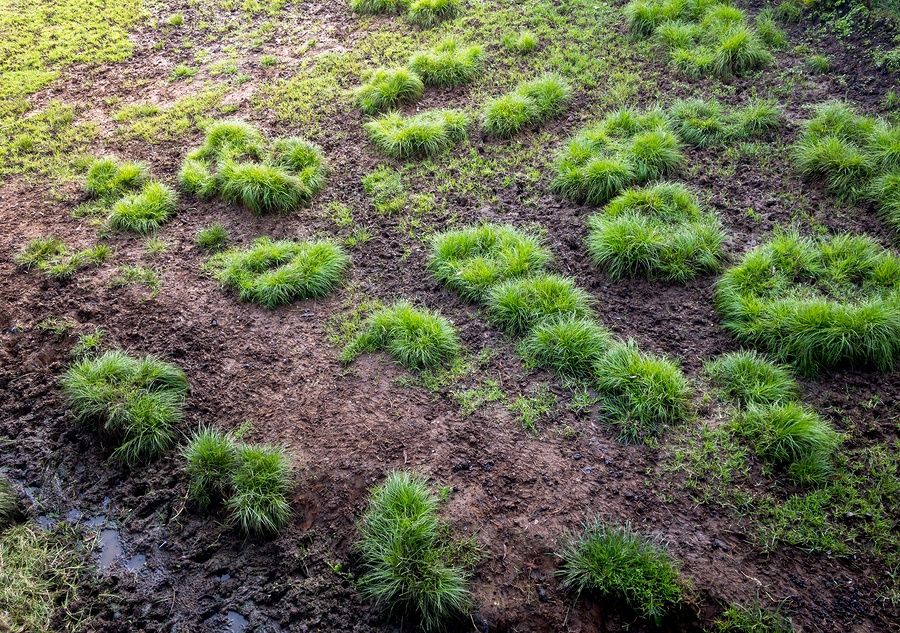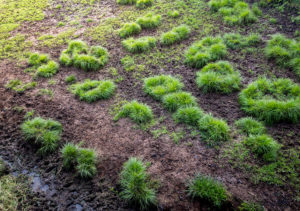
18 Jul Nature’s Weed Suppressor
 Golf courses are a special animal. On the one hand, it’s a sport built in nature, designed to be played on long, emerald fairways. Golfers appreciate the natural elements – the grass, the sand, the water – it is vital to the art of the game. On the other hand, while golfers are dependent on nature to play their sport, they need that nature to be curated and controlled and nature tends to fight back. One of nature’s strongest armies are weeds. Course managers are waging constant battle on these persistent threats, often with chemical warfare, which can run contrary to a deep appreciation of nature. But, new research is showing nature may be able to fight itself in the form of fescue.
Golf courses are a special animal. On the one hand, it’s a sport built in nature, designed to be played on long, emerald fairways. Golfers appreciate the natural elements – the grass, the sand, the water – it is vital to the art of the game. On the other hand, while golfers are dependent on nature to play their sport, they need that nature to be curated and controlled and nature tends to fight back. One of nature’s strongest armies are weeds. Course managers are waging constant battle on these persistent threats, often with chemical warfare, which can run contrary to a deep appreciation of nature. But, new research is showing nature may be able to fight itself in the form of fescue.
From an article on GCM Online:
Fine fescues have been suspected of having natural weed-suppressive abilities. Previous work from Cornell University identified a chemical compound, L-m-tyrosine, as a potential allelochemical responsible for the weed suppression observed in field experiments. This concept is particularly interesting from a breeding perspective, because natural weed suppression offers the potential of breeding for turfgrasses that require fewer pesticide applications.
The University of Minnesota Turfgrass Science team has been actively involved with breeding and evaluating fine fescues, largely because fine fescues have lower maintenance requirements than other cool-season turfgrasses adapted to the region. We began evaluating fine fescues for natural weed suppression in 2014, which has steered our current efforts toward screening for crabgrass suppression. Crabgrass (Digitaria species) is a problematic summer annual grassy weed across much of the United States, making it a good candidate for screening fine fescues for weed suppression.
After two years of study in field conditions, we observed several trends in crabgrass suppression. There were significant differences in overall crabgrass biomass reduction and the amount of seedheads produced, with consistent trends across the Minnesota and Indiana crabgrass populations. In spring 2018, we also observed differences in crabgrass emergence in the Minnesota field location.
We found that crabgrass suppression varies within and across fine fescue species. Chewings fescues and strong creeping red fescues tended to suppress crabgrass more than hard fescues. These methods and their future results will be helpful in identifying genotypes with higher suppressive/allelopathic ability, which will be used to breed fine fescues that require fewer pesticides.
Read the full article here.
Research is continuing to investigate this natural solution and finding new methods and treatments that are more harmonious with our environment is the direction of effective course managers. At Soil & Water Consulting, we help our clients get the most from their environment, without just pushing a line of chemical treatments. We stay up to date on the latest treatments and methods and ensure you get the results you want now and into the future.


